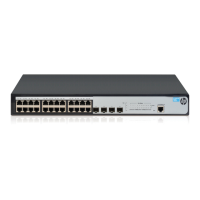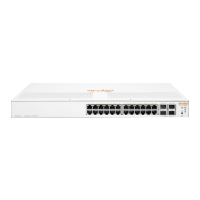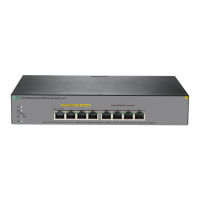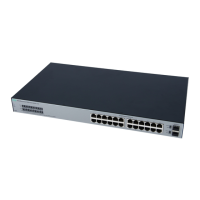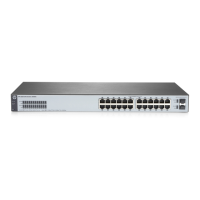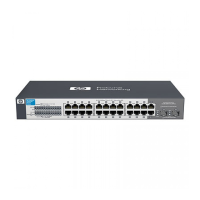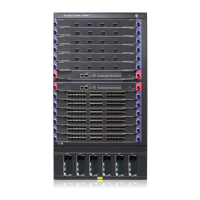430
6. The user accesses the network resources.
7. The host requests the RADIUS client to tear down the connection and the RADIUS client sends a
stop-accounting request (Accounting-Request) to the RADIUS server.
8. The RADIUS server returns an acknowledgement (Accounting-Response) and stops accounting for
the user.
RADIUS packet format
RADIUS uses UDP to transmit messages. To ensure smooth message exchange between the RADIUS
server and the client, RADIUS uses a series of mechanisms, including the timer management mechanism,
the retransmission mechanism, and the backup server mechanism. Figure 415 sh
ows the RADIUS packet
format.
Figure 415 RADIUS packet format
Descriptions of the fields are as follows:
• The Code field (1 byte long) indicates the type of the RADIUS packet.
Table 116 Main values of the Code field
Code Packet t
1 Access-Request
From the client to the server. A packet of this type carries user information
for the server to authenticate the user. It must contain the User-Name
attribute and can optionally contain the attributes of NAS-IP-Address,
User-Password, and NAS-Port.
2 Access-Accept
From the server to the client. If all the attribute values carried in the
Access-Request are acceptable, the authentication succeeds, and the
server sends an Access-Accept response.
3 Access-Reject
From the server to the client. If any attribute value carried in the
Access-Request is unacceptable, the authentication fails, and the server
sends an Access-Reject response.
4 Accounting-Request
From the client to the server. A packet of this type carries user information
for the server to start or stop accounting for the user. The Acct-Status-Type
attribute in the packet indicates whether to start or stop accounting.
5
Accounting-Respons
e
From the server to the client. The server sends a packet of this type to
notify the client that it has received the Accounting-Request and has
successfully recorded the accounting information.
Code
Attributes
Identifier
0
7
Length
Authenticator
715 31

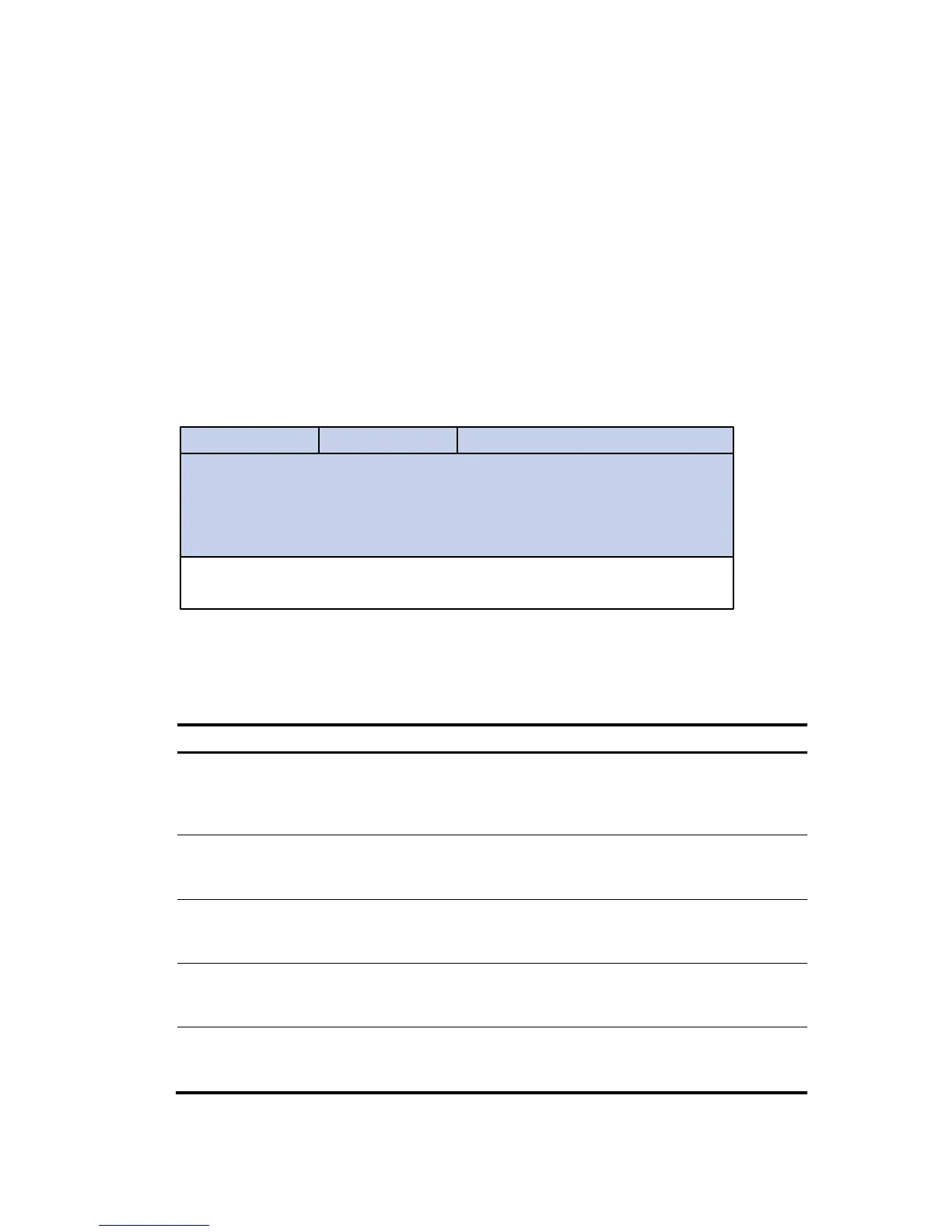